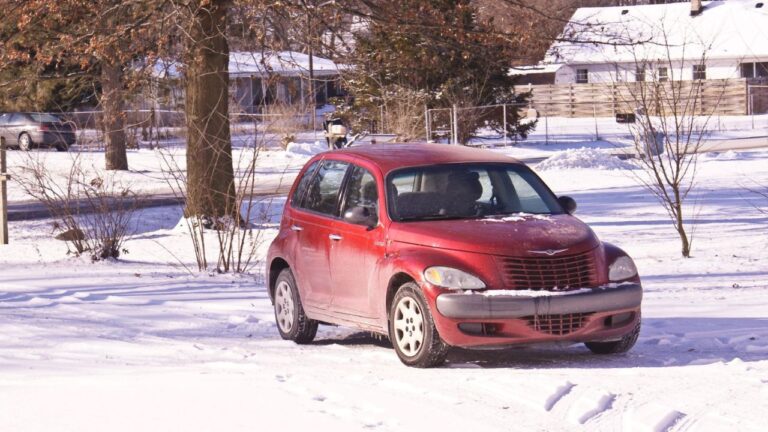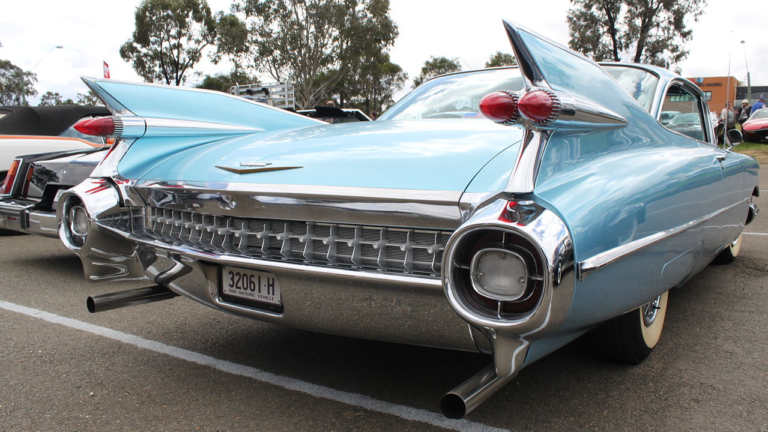24 Cars That Failed Miserably in the Market
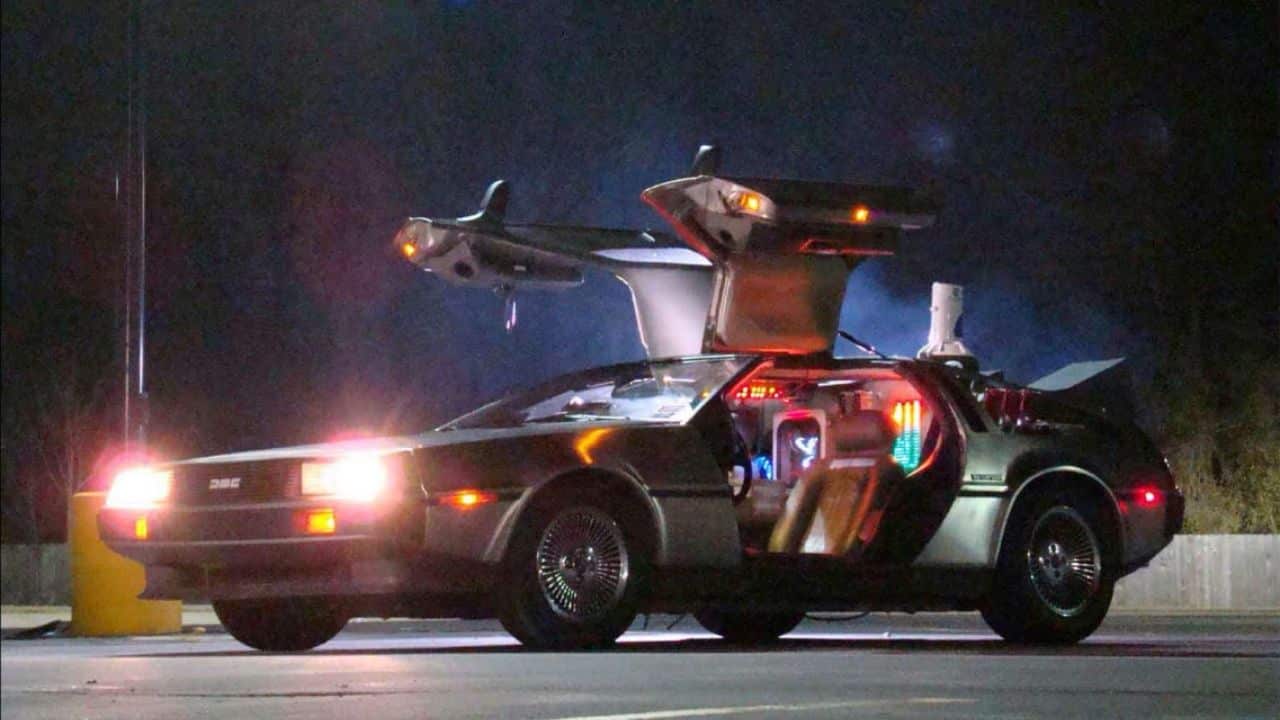
Not every car is a market winner. Despite promises of innovation, some vehicles only succeed in becoming lemons and clunkers.
Let’s dive deep into the parking lot of auto history to uncover 24 rides that took a shot at greatness but missed the mark by a mile.
AMC Pacer (1975-1980)

The AMC Pacer dared to defy conventional design norms, presenting a unique and futuristic look during its era. It was marketed as a small, innovative car with a spacious interior and a bubble-like shape.
It received initial enthusiasm and a memorable launch, but the Pacer struggled to resonate with buyers. Its unusual looks, combined with mechanical issues and the onset of a fuel crisis, led to its status as a commercial flop.
Chevrolet Vega (1971-1977)
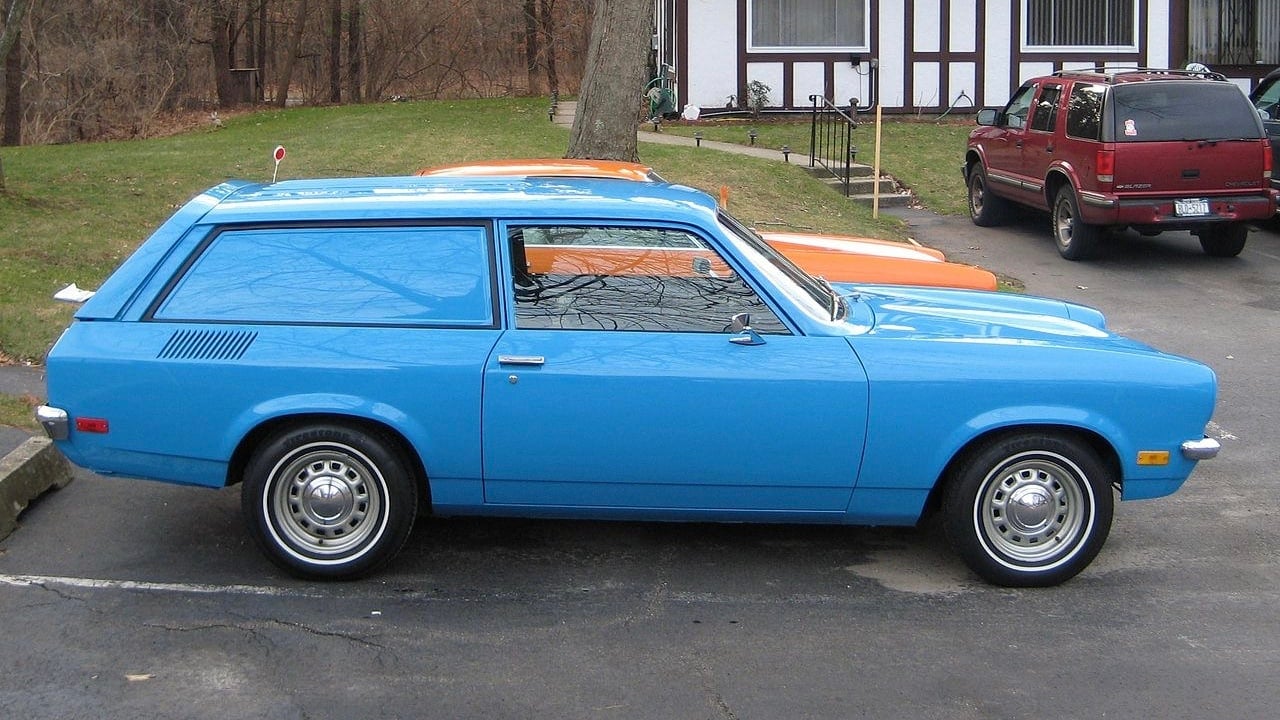
The Chevrolet Vega rolled onto the scene with high hopes and considerable anticipation. It was set to revolutionize the compact car segment, but its journey was riddled with challenges.
The Vega grappled with significant quality issues and notorious rust problems that plagued its reputation. A victim of rust-prone body panels and engine reliability concerns eroded consumer confidence, contributing to its downfall in the market and marking it as a cautionary tale in automotive history.
Ford Edsel (1957-1960)

The Ford Edsel, introduced with great fanfare in the late 1950s, is a classic example of ambition paired with market misalignment. They had good intentions, but I think its unique design and advanced features were far ahead of its time.
Despite Ford’s extensive marketing efforts, including a prime-time television premiere, the Edsel was a commercial failure. Its launch in the midst of a recession, coupled with issues in public perception and an oversaturated market, resulted in disappointing sales.
DeLorean DMC-12 (1981-1983)
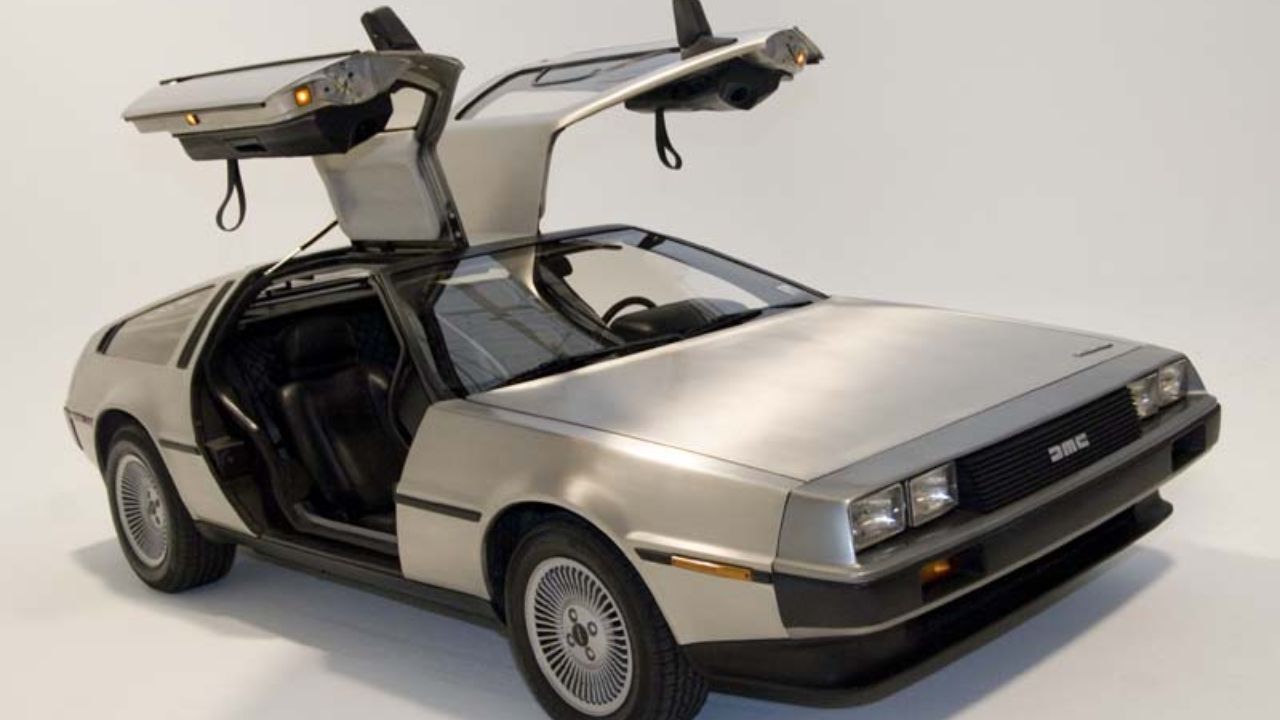
The DeLorean DMC-12 got its claim to fame in the classic film “Back to the Future,” and gained instant recognition for its iconic gull-wing doors and sleek stainless steel body.
However, behind its futuristic appearance lay a troubled history. Despite initial hype and the allure of its ties to a blockbuster movie, financial issues plagued the company. Quality control problems and production delays tarnished its reputation. It was cool for the movie, but it didn’t quite make it in the real world.
Yugo GV (1985-1992)

Hailing from Yugoslavia, the Yugo GV arrived on American shores with aspirations of becoming an affordable and practical option for budget-conscious consumers.
However, the Yugo’s journey in the U.S. market was marred by a notorious reputation for poor build quality and unreliability. Despite its low price point, the Yugo gained infamy for frequent mechanical breakdowns and subpar construction, earning a place as one of the least reliable cars of its time.
Pontiac Aztek (2001-2005)
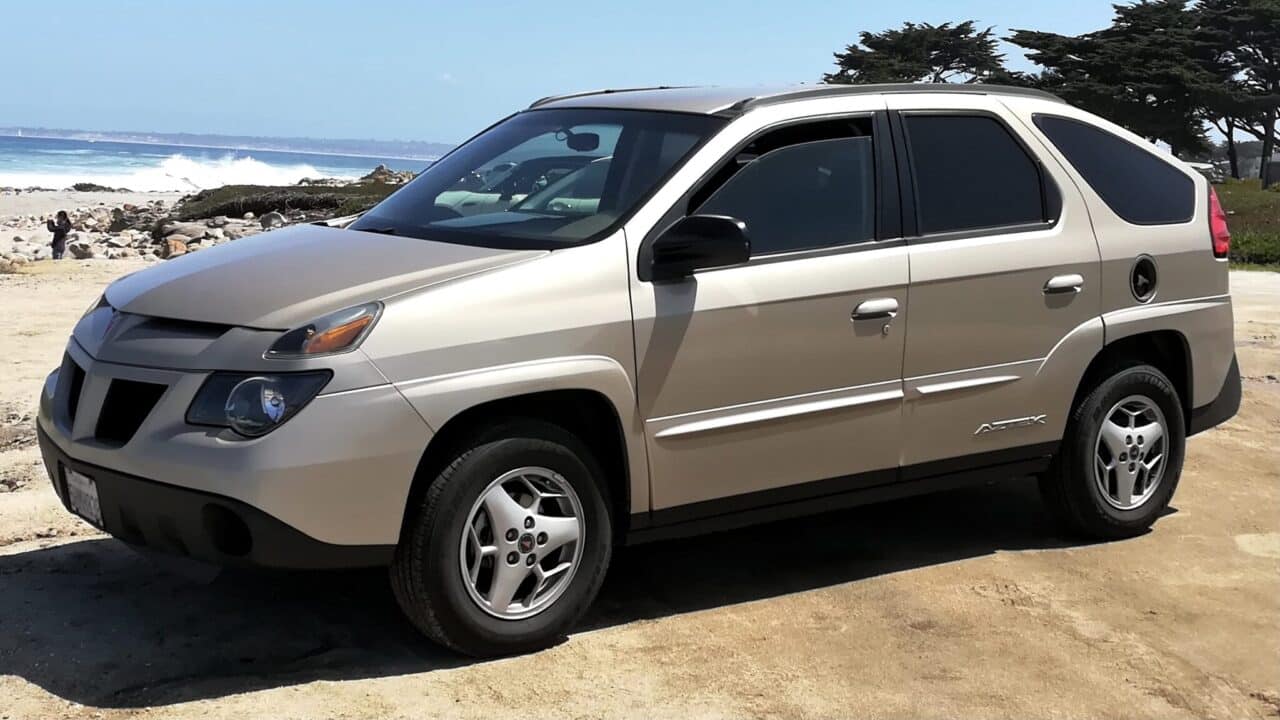
The Pontiac Aztek, a vehicle often remembered for its pioneering features, unfortunately fell victim to a design that divided opinions. In my opinion, it is just plain weird-looking.
It had innovative functionalities and versatile features that were marketed toward adventurous lifestyles, but its weird appearance turned away potential buyers.
The Aztek struggled to find its footing in the market, and despite its promising features, the mismatched combination of design and functionality resulted in dismal sales, marking it as a sales disaster for Pontiac.
Chrysler TC by Maserati (1989-1991)
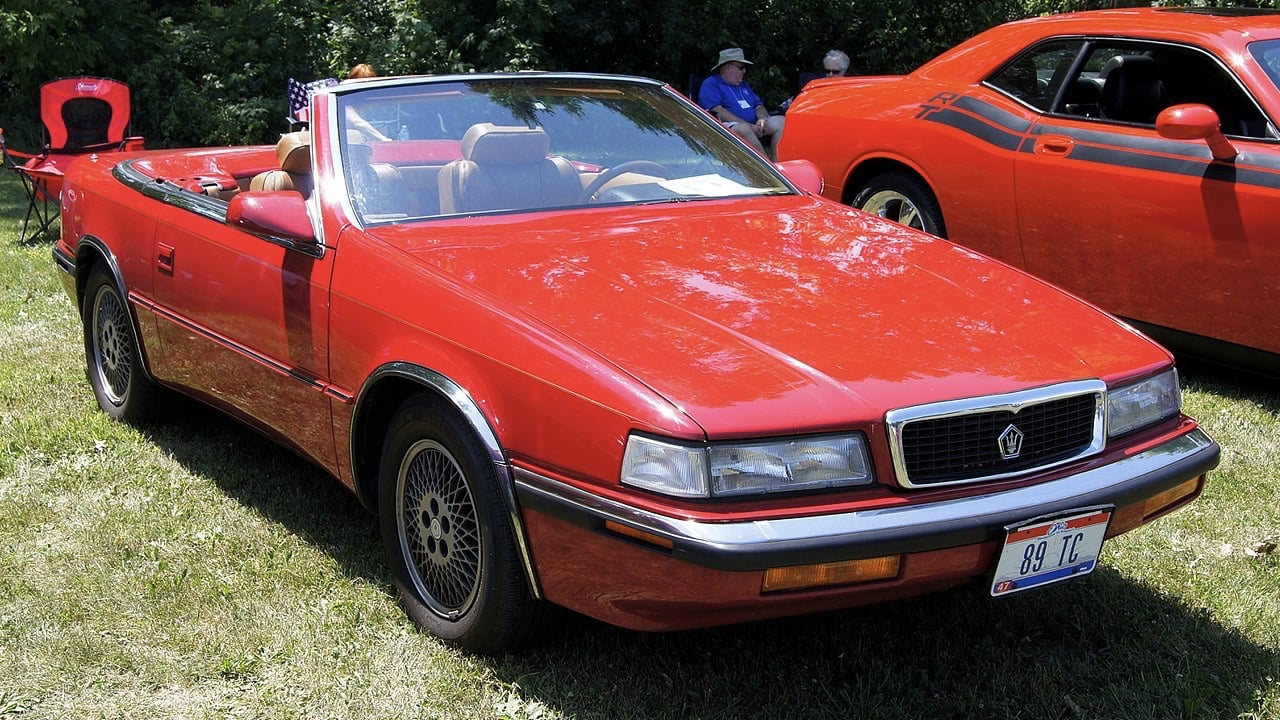
The Chrysler TC by Maserati emerged from a collaboration between two automotive giants, Chrysler and Maserati, with high hopes for a luxurious, top-tier vehicle. Sounds good, right?
Well, this luxury car faced challenges right from the start. It was marketed as a premium offering, but it still struggled due to its exorbitant price tag. Consumers just didn’t see the value in it. Its failure to capture the essence of either brand, coupled with its steep price, resulted in its swift exit from the market.
Fisker Karma (2011-2012)

If you’re a big electric car fan, you may remember the Fisker Karma. This car entered the market with grand aspirations to be a luxury plug-in hybrid, promising an eco-friendly and smooth driving experience.
Its visually striking design and the initial hype surrounding its launch were good signs, but then Fisker faced significant setbacks.
Quality control problems, including issues with its battery supplier and other technical faults, led to financial troubles for the company. These difficulties overshadowed Karma’s potential, contributing to its short-lived presence in the automotive industry.
Suzuki X-90 (1995-1997)

The Suzuki X-90 envisioned as a sporty mini SUV, was intended to capture attention with its unique appearance and compact size. However, its design was a little too weird for most people. It was a two-seater setup and had a quirky aesthetic that failed to resonate with consumers seeking practicality in a utility vehicle.
Despite efforts to infuse a sense of sportiness, the X-90 struggled to find a foothold in the market due to its limited practicality and a niche appeal that failed to attract significant interest, resulting in another commercial flop.
Cadillac Catera (1997-2001)

Cadillac sought to target a younger demographic with the Catera, offering a midsize luxury sedan. The brand’s reputation for luxury conflicted with the fact that the Catera faced challenges stemming from reliability issues and lackluster performance.
While marketed with the tagline “The Caddy that Zigs,” attempting to portray a more dynamic and engaging driving experience, it failed to meet consumer expectations. Its struggles with reliability and performance hindered its success in capturing the desired market segment, contributing to its underwhelming sales figures.
Oldsmobile Aurora (1994-2003)

The Oldsmobile Aurora was designed to inject a breath of fresh air into the brand’s image, presenting itself as a sophisticated and modern luxury sedan.
However, despite its aspirations, the Aurora encountered an uphill battle against strong competition in the luxury car segment. Despite its refined design and attempts to attract buyers seeking elegance and performance, the Aurora struggled to distinguish itself effectively. Stiff competition, combined with changing consumer preferences, prevented it from achieving the sales success necessary to revitalize Oldsmobile’s standing in the market.
Renault Le Car (1976-1983)

The Renault Le Car enjoyed success in Europe, where its compact design and fuel efficiency resonated with consumers.
The U.S., however, was not so impressed. While it offered economical features, its lack of power and unconventional styling failed to captivate American buyers, resulting in disappointment in a market vastly different from its European success.
Mercury Cougar (1999-2002)

The Mercury Cougar, once synonymous with the iconic muscle car era, underwent a dramatic transformation in the late ’90s, departing from its heritage.
The attempt to rebrand the Cougar into a sporty coupe with a modern flair, diverging from its muscle car roots, didn’t resonate well. Despite efforts to appeal to a younger demographic with updated styling and features, the Cougar faced backlash for straying too far from its iconic heritage, ultimately leading to poor sales and a departure from its once-revered status in automotive history.
Plymouth Prowler (1997-2002)

The Plymouth Prowler made a bold entrance into the automotive scene with its distinctive retro-futuristic design. However, its underpowered engine failed to match the expectations set by its striking looks.
The Prowler’s impracticality, stemming from limited storage space and a lack of creature comforts, deterred potential buyers seeking a more functional driving experience.
Despite its unique aesthetics, these shortcomings contributed to the Prowler’s struggle to find a solid footing in the market.
Audi A2 (1999-2005)

The Audi A2 arrived as a pioneering vehicle, celebrated for its innovation and forward-thinking design. With a focus on fuel efficiency and advanced engineering, it was ahead of its time.
However, high production costs associated with its cutting-edge features led to a premium price point that deterred many buyers.
Since its appeal remained confined to a niche market segment, it was prevented from widespread adoption. Despite its acclaim for innovation, the A2’s pricing and limited market reach resulted in underwhelming sales figures.
Dodge Dart (2012-2016)

The revival of the Dodge Dart aimed to reignite the glory of a storied nameplate in the compact car segment. However, the modern iteration of the Dart failed to resonate with buyers.
The Dart struggled to compete in a highly competitive market, where rivals offered better performance and refinement. Despite attempts to revive the legacy of its iconic predecessor, the modern Dart fell short in capturing consumer interest, leading to its gradual fade from the automotive landscape.
Infiniti Q45 (1990-2006)

The Infiniti Q45 commenced its journey with considerable promise, impressive performance, and innovative features. However, its potential success stumbled due to various factors. It did have a strong start, but the Q45 faced challenges stemming from a conservative design that failed to resonate with the luxury car market’s evolving tastes.
Marketing missteps further hindered its growth, limiting its appeal among potential buyers. These setbacks prevented the Q45 from maintaining its early momentum, leading to struggles in gaining a substantial foothold in the competitive luxury sedan segment.
Chevrolet SSR (2003-2006)

The Chevrolet SSR arrived as a unique proposition in the automotive realm, blending retro styling with the utility of a pickup truck. Its innovative approach and eye-catching design were cool, but its limited practicality, characterized by a lack of sufficient cargo space and towing capacity, posed challenges for potential buyers seeking the functionality of a truck.
Its high price tag further compounded its struggle to find acceptance among consumers, contributing to its downfall in the market.
Lincoln Blackwood (2002)

The Lincoln Blackwood emerged with aspirations to carve a niche in the luxury truck market, aiming to offer opulence in a pickup format. However, its endeavor fell short due to critical drawbacks.
The Blackwood, with its lavish design and luxurious features, failed to strike a balance between functionality and luxury. Its limited practicality, notably lacking features expected in a pickup truck, hindered its appeal among buyers seeking utility. These factors collectively contributed to Blackwood’s inability to resonate with the market, resulting in its short-lived presence.
Cadillac Allante (1987-1993)

The Cadillac Allante ventured into the luxury convertible market with aspirations of capturing the hearts of discerning buyers. Sadly, production issues, including a complex assembly process involving shipping the bodies to Italy for finishing before final assembly in the U.S., led to challenges in meeting market demands efficiently.
The Allante also faced stiff competition from established luxury convertibles, limiting its impact in a segment dominated by renowned competitors. These factors, compounded by production hurdles and intense market rivalry, constrained Allante’s ability to make a lasting mark in the luxury car market.
Plymouth Cricket (1971-1973)
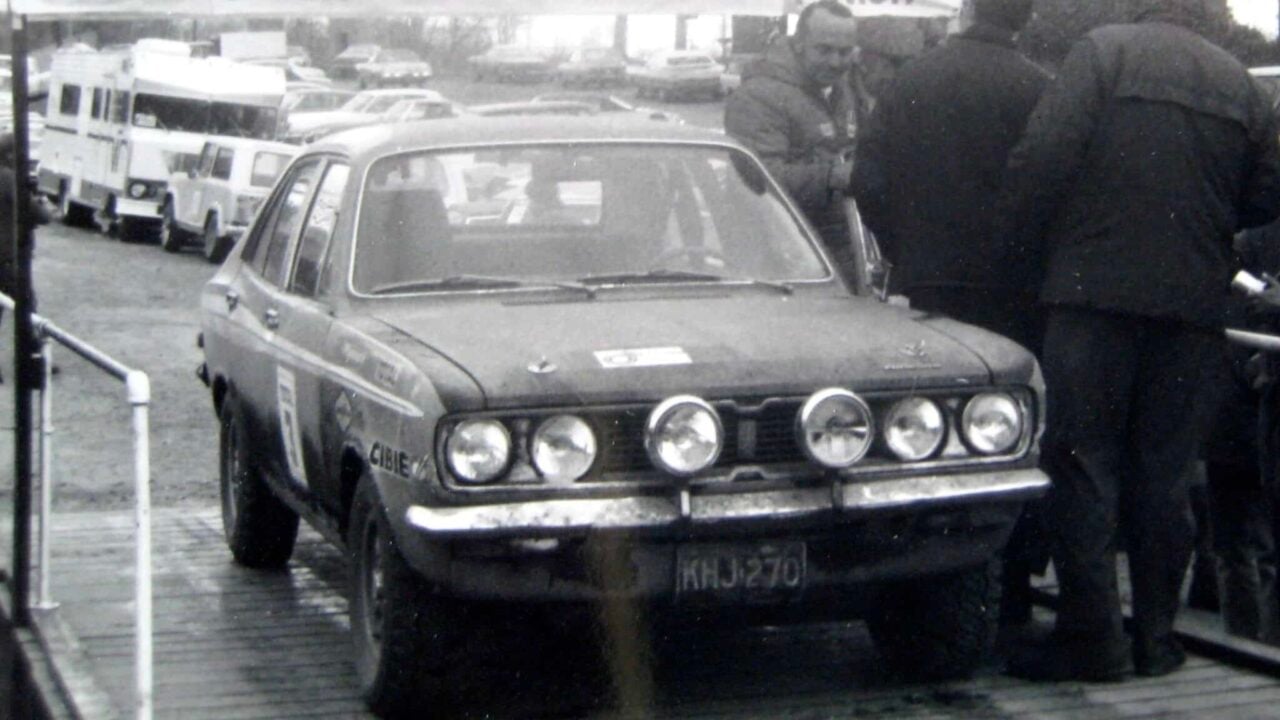
The Plymouth Cricket, an attempt to introduce a rebranded version of the Hillman Avenger to American consumers, faced an uphill battle in the market. Despite efforts to repackage and introduce it under the Plymouth brand, Cricket encountered significant quality issues and a lukewarm reception from buyers.
Its inability to meet expected quality standards and a lack of resonance with American consumers led to its swift exit from the market. The Cricket’s short-lived presence marked a failed attempt by Plymouth to tap into a different market segment.
Chevrolet Corvair (1960-1969)

The Chevrolet Corvair, celebrated for its innovative design and engineering, faced a rough journey plagued by safety concerns. It was criticized for its handling characteristics and safety issues, and Ralph Nader’s influential critique in his book “Unsafe at Any Speed” caused Corvair’s reputation to take a significant hit.
Despite its groundbreaking rear-engine design and initial success, safety-related controversies led to declining sales and tarnished its image. Efforts were made to address safety concerns, but it was ultimately too late. The Corvair struggled to regain consumer trust and ultimately succumbed to the negative publicity, marking the end of its production run.
Suzuki Samurai (1984-1995)

The Suzuki Samurai was another car marketed toward lovers of outdoor adventure. However, its journey was marred by controversy surrounding safety concerns. Reports of rollover incidents and stability issues led to widespread scrutiny, negatively impacting the Samurai’s image and consumer confidence.
Despite its capable off-road performance, the safety controversies took a toll on its sales, resulting in a significant decline, and the Samurai’s plummeting sales and tarnished reputation became defining factors in its departure from the market.
Dodge Magnum (2004-2008)

The Dodge Magnum wagon burst onto the scene with an aura of novelty and boldness, blending a station wagon’s practicality with a touch of muscle car styling. However, changing market dynamics and shifting consumer tastes away from larger vehicles contributed to its decline in sales.
There were also concerns over fuel economy in an era marked by rising fuel prices, which further impacted its appeal. The Magnum’s departure from the automotive landscape reflected a change in consumer preferences and shifting market demands that veered away from its distinctive concept.
